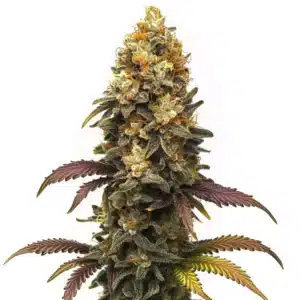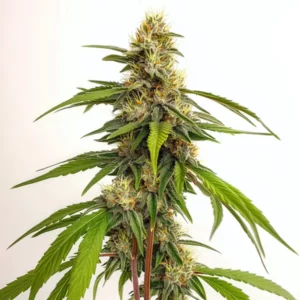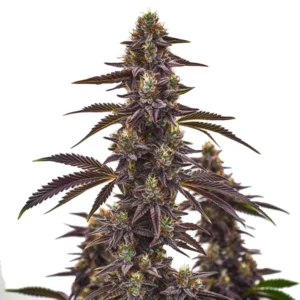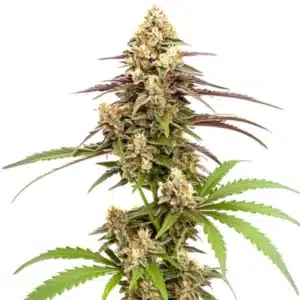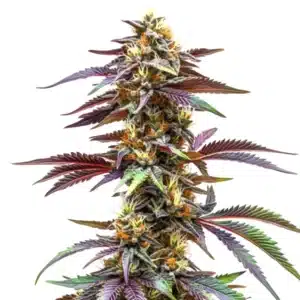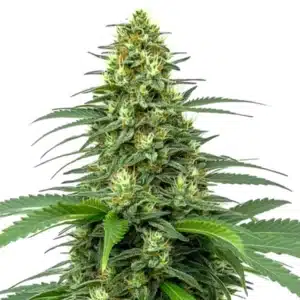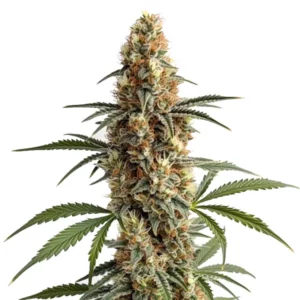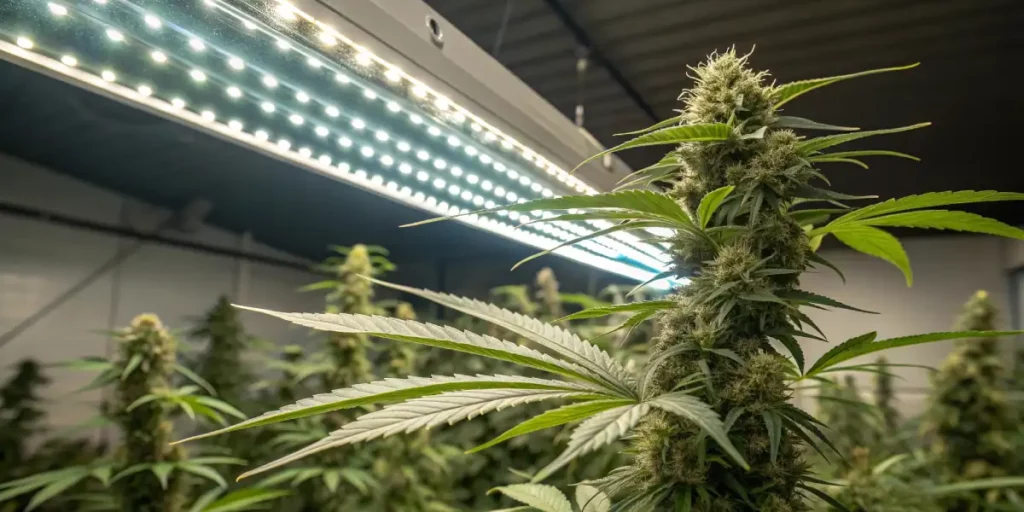
Cannabis Stem Elongation
Cannabis stem elongation is a crucial element in the growth of cannabis plants. This process allows the plant to reach for light, enhancing photosynthesis, and determines the overall structure and size of the plant. A longer stem can mean a taller plant and potentially a larger yield. However, it’s crucial to aim for a stem that is not just long, but also strong. Without a tall and sturdy stem, the plant will not be able to support large, heavy flowers, and the branches can break under their own weight during the final stages of flowering.
Understanding the factors that influence stem elongation can help you manage your plant’s growth effectively.
Recommended Strains
Factors Affecting Cannabis Stem Elongation
Several factors influence the rate of stem elongation, including genetics, environment, and care. Strains like BC Diesel tend to have rapid elongation due to their genetic makeup. A weak stem can also be a sign of a restricted root system. A plant can only grow upwards as much as its roots can grow downwards, so a lack of soil for the roots to expand into will also result in a weaker stem.
Light and Cannabis Stem Elongation
The impact of light is critical. If a plant, especially a seedling, does not receive enough intense light, it will stretch excessively towards the source. This results in a long but very weak stem that may not even be able to support the weight of its own leaves. It’s also important to look at the distance between nodes (internodal distance), as large gaps are another clear sign of stretching.
To prevent this, you need to manage your light distance. When seedlings have just emerged, they love intense light. You can lower your grow light to about 40 cm (16 inches) away and gradually raise it as the plant grows. If the light is too high (over a meter), seedlings will almost certainly stretch and become weak. Indoor growers can also use blue-dominant light to encourage more compact growth.
Temperature and Cannabis Stem Elongation
Temperature also significantly affects stem elongation. Cannabis plants prefer a slightly warm temperature for optimum growth. Excessively high temperatures can stunt growth, while very low temperatures can slow it down. It’s crucial to maintain an optimal temperature range for your specific strain.
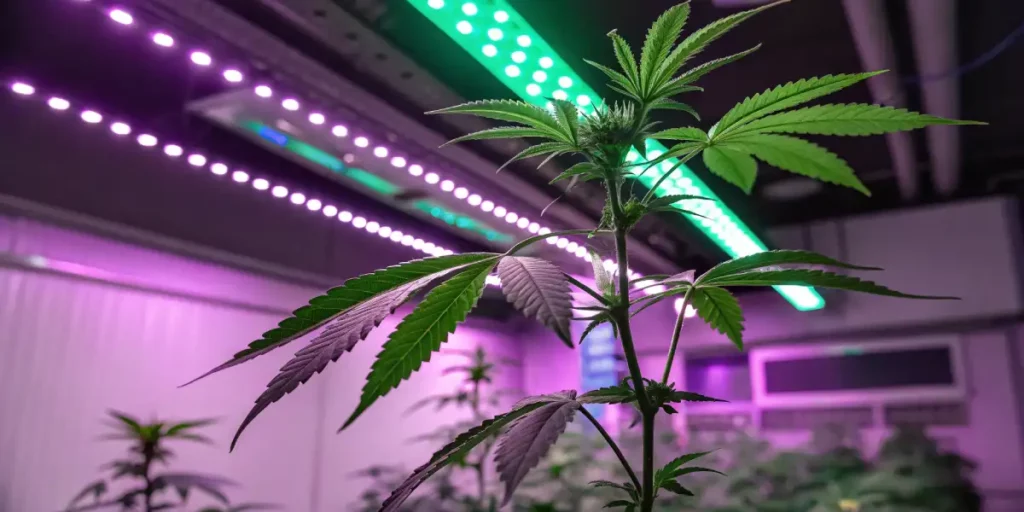
Nutrition and Cannabis Stem Elongation
Nutrition plays a key role. Plants need a balanced diet of macronutrients and micronutrients. A deficiency or excess can affect stem elongation. For instance, nitrogen promotes vegetative growth, but too much can lead to excessively tall, lanky plants with weak stems.
Promos & Deals
Methods to Enhance Cannabis Stem Elongation
Proper stem elongation is pivotal for maximizing yield. This involves manipulating the plant’s growing conditions and care.
Beyond adjusting environmental factors, physical techniques can improve stem strength. Using oscillating fans in the grow space makes the stems ‘exercise’ against the wind, causing them to grow much more vigorous and robust. For stems that have already become weak or overly elongated, staking is vital. Placing a support stake next to the stem will help it bear the weight of the flowers as they develop, preventing breakage.
Training techniques such as low-stress training (LST) can also be used to manipulate the plant’s structure to optimize light exposure and encourage the desired growth.
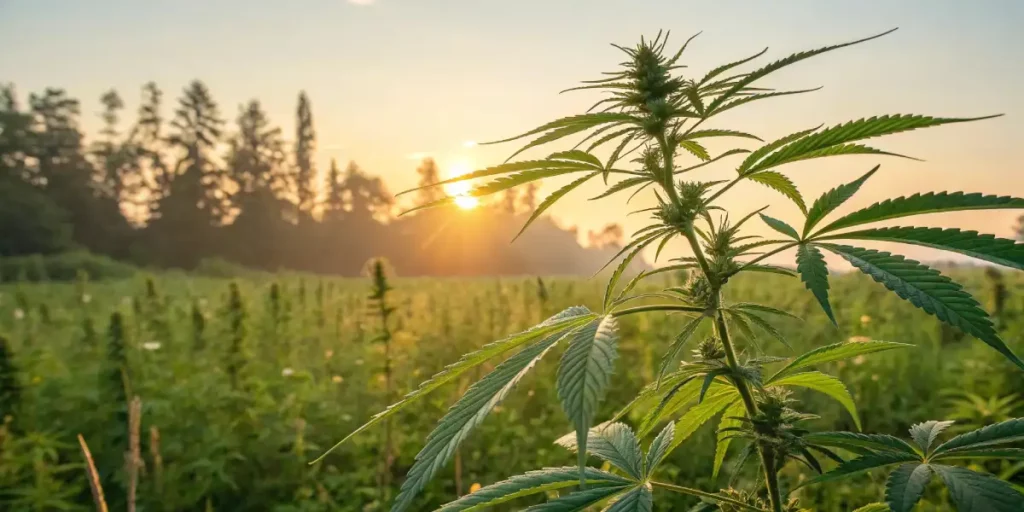
FAQs on Cannabis Stem Elongation
What is cannabis stem elongation?
It is the growth process where the cannabis plant’s stem lengthens. It’s vital for the plant’s structure, size, and ability to reach light for photosynthesis. The rate of elongation is influenced by genetics, light, temperature, and nutrition.
Why is my cannabis plant’s stem not elongating?
This could be due to insufficient light, inappropriate temperatures, or nutrient imbalances. Ensure your plant is getting sufficient light, is in the right temperature range, and is receiving a balanced diet to promote healthy elongation.
How can I enhance cannabis stem elongation?
Enhancing elongation involves a combination of strategies, including adjusting light conditions (using red-dominant light), maintaining an optimal temperature range, and providing balanced nutrition (with adequate nitrogen).
Can training techniques influence cannabis stem elongation?
Yes, techniques like low-stress training (LST) and high-stress training (HST) can influence the plant’s structure to optimize light exposure, which in turn can encourage better growth. However, they should be used with caution as they can stress the plant.
Do all cannabis strains have the same rate of stem elongation?
No, the rate is significantly influenced by the plant’s genetic makeup. Some strains are known for their rapid stem elongation, while others are naturally more compact. It’s important to choose a strain that aligns with your growing conditions and goals.


